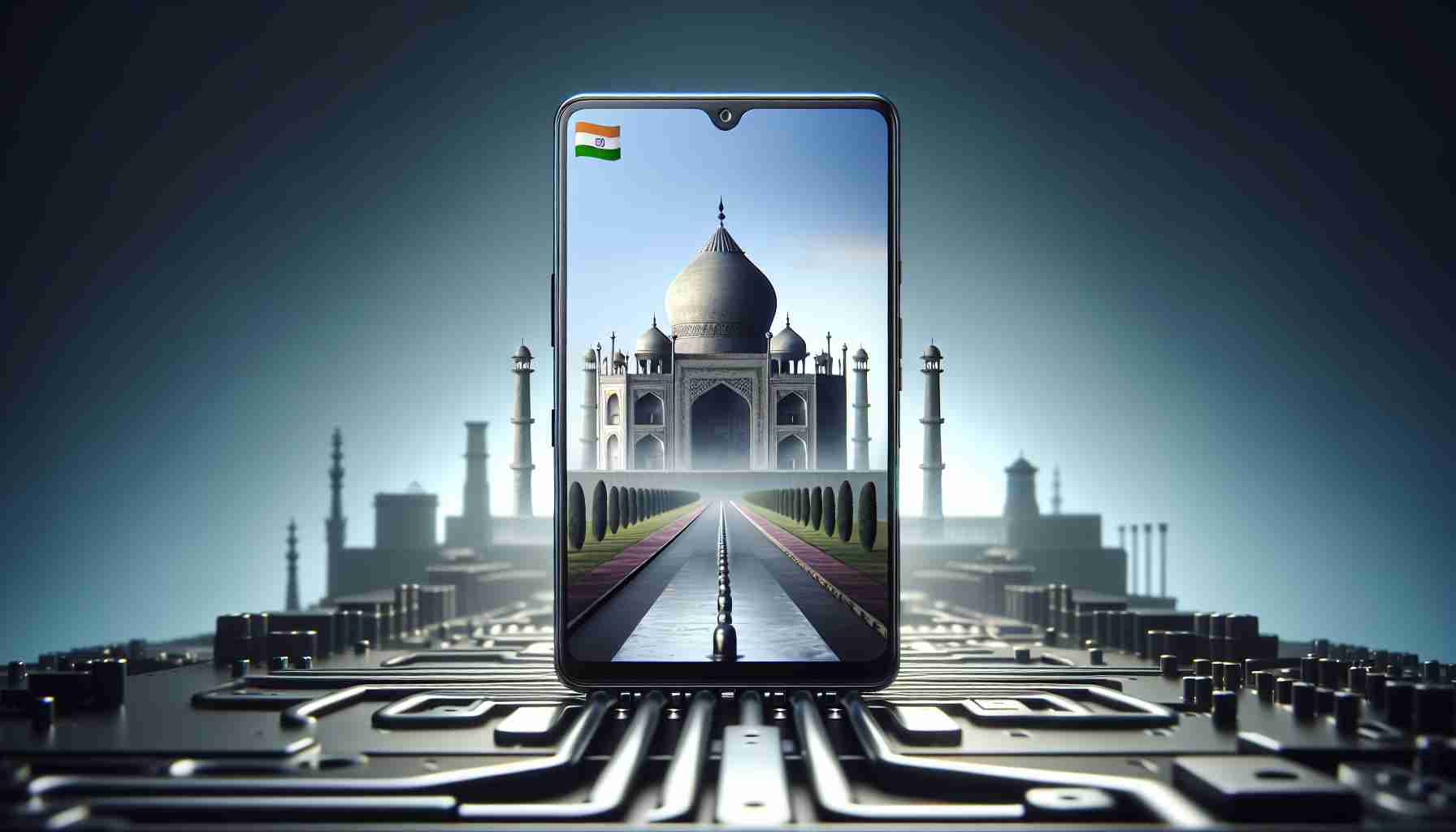HMD Gears Up for Indian Market Debut
The global tech community is buzzing with the news that HMD is ready to unveil its first mobile phone for the Indian market. After making a splash in Europe and the United States with its Pulse series—including the Pulse Pro, Pulse Plus, and the standard Pulse models—and the US-exclusive HMD Vibe, the tech company is now gearing up to stamp its mark on Indian soil.
A Date with a Mystery Device
While HMD has kept Indian consumers on the edge of their seats by not disclosing the exact model set to launch, they have ignited anticipation with a promise to announce the name of the smartphone on April 29. Industry enthusiasts are marking their calendars for May when they suspect the official launch will occur.
HMD Pulse: Paving the Way for User-repairable Tech
HMD has become synonymous with affordability and sustainability, as showcased by their Pulse series phones, defined by ‘Gen 1 repairability’. These devices enable customers to perform minor repairs at home with self-repair kits—addressing issues like cracked screens, faulty charging ports, or aging batteries.
The HMD Pulse series phones flaunt a 6.65-inch 720p+ LCD display complemented by a buttery smooth 90Hz refresh rate for an immersive viewing experience. The HMD Pulse Pro stands out for selfie aficionados with its cutting-edge 50MP selfie camera equipped with innovative gesture control features for easy snapping and a supercharged AI portrait mode for impeccable low-light images. It also runs on the Unisoc T606 SoC and comes in three stunning color options: Glacier Green, Twilight Purple, and Black Ocean.
The HMD Pulse Plus and the standard Pulse are no slouches either, sporting a 50MP primary and an 8MP front-facing camera. At pricing that caters to the sub-₹20,000 segment, these phones are poised to cause a stir in the competitive Indian market.
Key Questions and Answers:
What is the significance of HMD’s entry into the Indian market?
HMD’s entry into the Indian market signifies a strategic move to tap into one of the largest smartphone markets in the world. Given the brand’s success with the Pulse series in Europe and the US, they aim to replicate that success by offering affordable, user-friendly smartphones with repairability features that appeal to cost-conscious Indian consumers.
What challenges might HMD face with its India launch?
The Indian smartphone market is intensely competitive, with well-established players like Xiaomi, Samsung, Vivo, and Oppo holding significant market share. HMD will need to differentiate itself with unique features, aggressive pricing, and solid marketing strategy to gain a foothold. Additionally, the logistics of delivering self-repair kits and ensuring their effectiveness in a diverse market like India could pose a challenge.
What are the expected advantages for Indian consumers with HMD’s launch?
Indian consumers stand to benefit from HMD’s focus on sustainability and affordability. The ability to perform minor repairs at home could extend the lifespan of the devices and reduce repair costs. The introduction of smartphones with high-end features at mid-range prices would provide more value for money, appealing to a large segment of price-sensitive consumers.
Are there any controversies associated with HMD or their products?
As of my knowledge cutoff date, there have been no specific controversies related to HMD’s upcoming launch in India. However, any brand entering a new market could face potential criticism or challenges related to product performance, customer service issues, or adaptation to local consumer preferences.
Advantages and Disadvantages:
Advantages:
1. Affordability within the sub-₹20,000 segment, which is appealing in the cost-sensitive Indian market.
2. Sustainability with user-repairable tech that allows consumers to perform minor repairs.
3. High-end features like a 50MP selfie camera and a 90Hz refresh rate display, providing good value.
4. The introduction of self-repair kits could set a trend for other manufacturers to follow, potentially shifting the industry towards more sustainable practices.
Disadvantages:
1. Potential difficulty in establishing brand presence and market share in a market dominated by other major brands.
2. User-repairable tech may not appeal to all consumers, and some might prefer traditional service centers for repairs.
3. Questions about the effectiveness of self-repair kits and customer support in the diverse Indian market.
Suggested Related Links:
1. Official HMD Global site: HMD Global
2. Indian mobile market analysis and news: Counterpoint Research
Please note that all information provided here is based on my knowledge as of my last update in 2023. All planned features, launch dates, and the other details mentioned are subject to change.
The source of the article is from the blog girabetim.com.br
